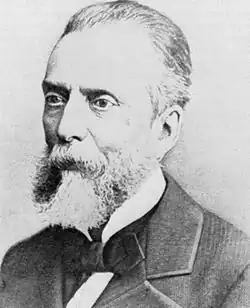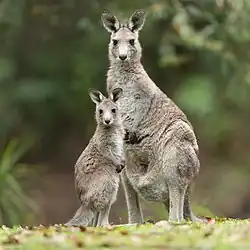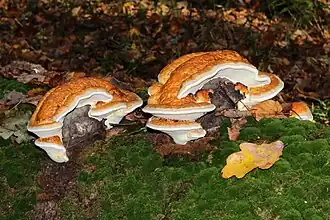Hoamseitn
|
Hawedeare af Wikispecies |
Taxón Navigazión
|
Wikispecies éntdégga
Zåmmorwad mid ZooKeys A Zåmmorwad zwischen Wikispecies und ZooKeys is åhkindigt worn. Mid PhytoKeys gibts dé gleich' Vaeihboarung. Bideln voh ZooKeys und PhytoKeys wern af Wikimedia Commons afféglon und in Wikispecies gnuzt. A bsundarer Autor José Vicente Barbosa du Bocage A Portugiasischer Zóológ und Bólitiker. Er wor da Kurator fir Zóológie am Naturhistoarischen Museum auf Lissabon. Dé Zóológiesåmmlung am Lissaboner Museum is nooch eam "Bocage-Museum" gnånnt. Er hod 200 taxónómische Fluugschriften iwer Spåhviicher, Végel und Fiisch vafosst. Anno 1880 is a Marineminister und spoder Aussenminister worn. Er hod aa'ran Hauffer Oarten sejwer entdéggt. |
Species of the monthCommon European Glowworm
Lampyris noctiluca (Linnaeus, 1758) Some facts about this beetle:
Average Size: The adult female is 12–20 mm long, while males rarely grow longer than 10 mm. The larvae are often only a few milimeters long. |
|
|



_by_Nick_Hobgood.jpg)


_mating.jpg)
